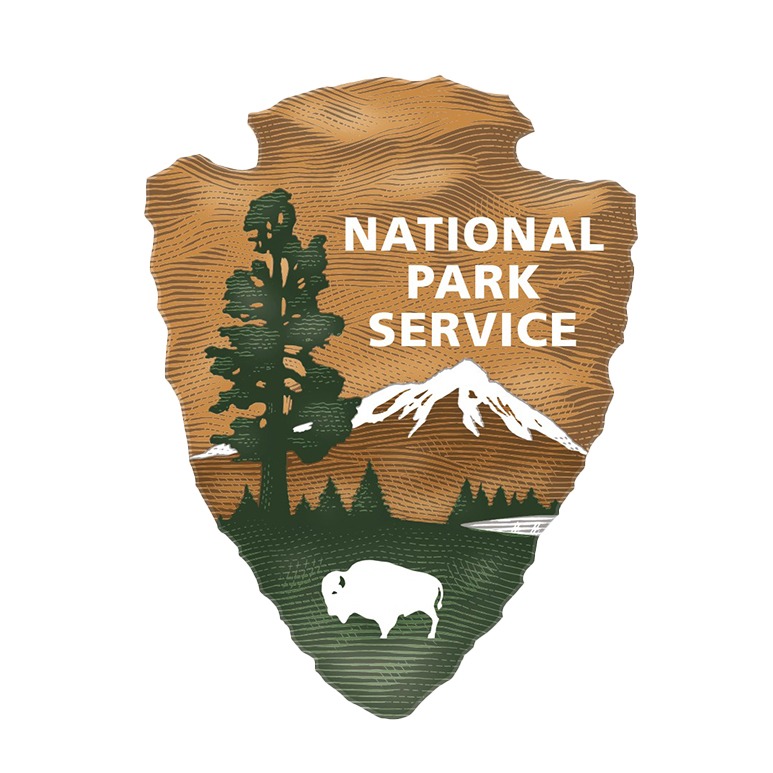*This is a 2022 archived project, view this year’s projects here.
Project overview: Use lidar data to track trends in forest health and understand forest dynamics in a warming climate.
How your support helps: Severe droughts are predicted to become more frequent in the future, and the consequences of such droughts on forests can be dramatic, resulting in massive tree mortality, rapid change in forest structure and composition, and substantially increased risk of catastrophic fire. Park managers dealing with limited resources are often forced to choose which parts of the landscape to target for treatment. Near-real-time data of forest health is essential to evaluate the effect of new disturbances and take needed management actions.
This project is urgently needed to serve as an early warning system to understand where forests are vulnerable to mortality after drought, fire, and wind events, as well as other sources of disturbance that frequently occur. This data can help identify and quantify forest health across the park, which can be used by prescribed-fire managers to guide treatments and understand where new dead fuel may be increasing fire risk. This tool can also evaluate the efficacy of prescribed fires and other restoration actions meant to improve forest health. Furthermore, this tool can help quantify loss of habitat for rare species, such as the Pacific fisher. For long-term resilience planning, this information is critical to help understand current and future areas that may be vulnerable to the effects of climate change.
This year: In 2022, donor support will allow researchers to use lidar and other modern monitoring tools to assess drought vulnerability and tree mortality within Yosemite. They’ll replicate models that are already being used at Sequoia & Kings Canyon National Parks to track forest health using free and acquired satellite data.
Project partners: Yosemite National Park, U.S. Geological Survey, and U.S. Forest Service

